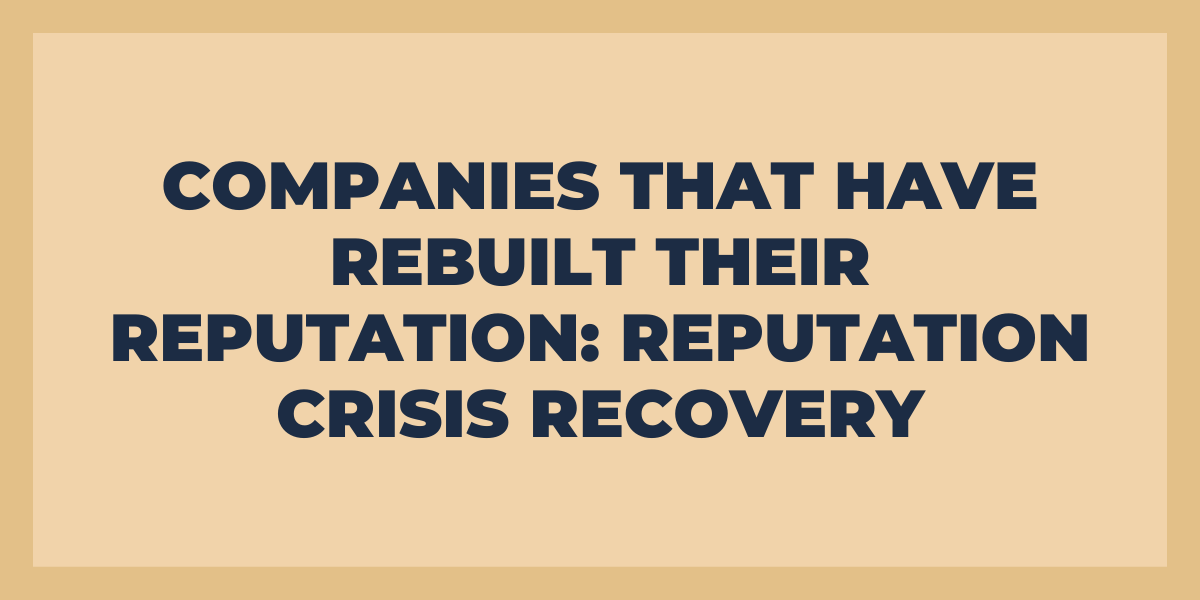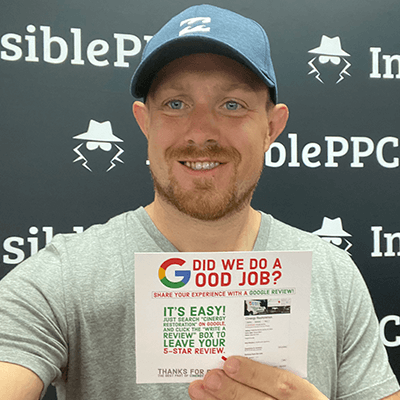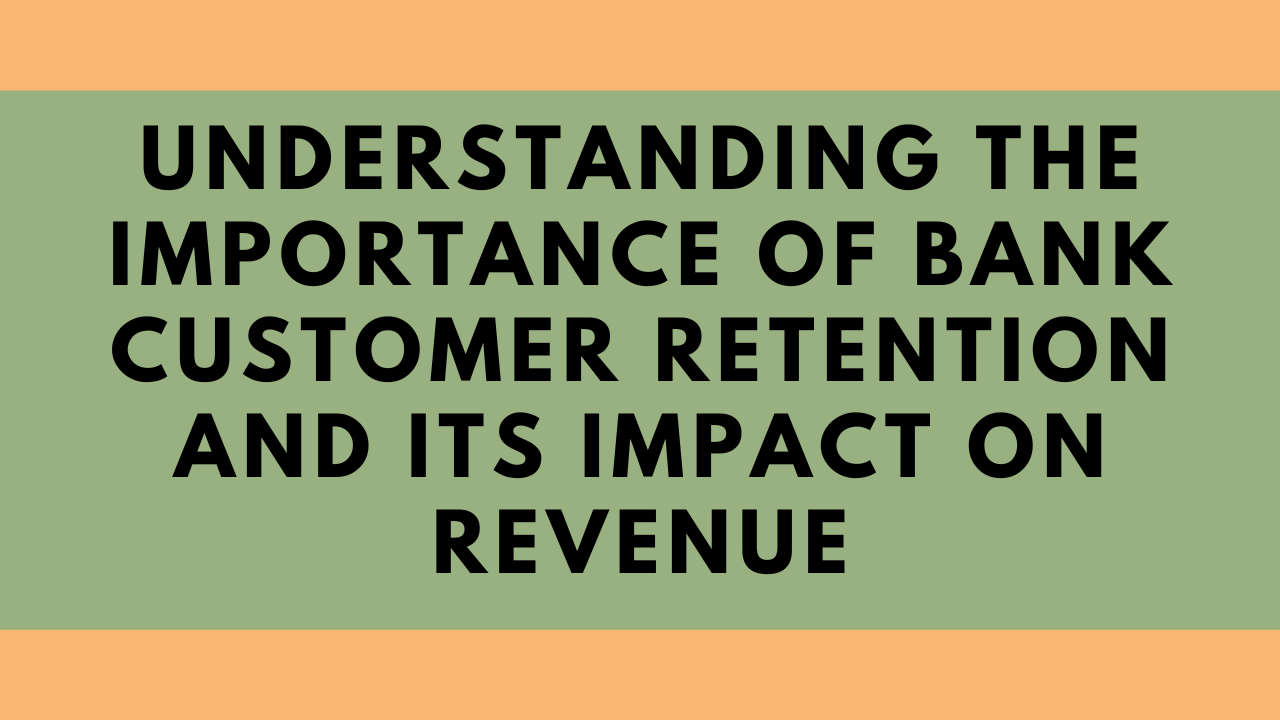Reputation management is more critical than ever since more consumers look into businesses and individuals online before doing business with them. Reputations are built over time but can be destroyed in seconds. Even well-known brands go through some tough times. However, several companies have rebuilt their reputation that saved their fading brands. In this article, we will learn about the companies that made turnarounds even after facing the reputation crisis and have improved their business.
What Is a Reputation Crisis?
A reputation crisis is a sharp swing in the public’s view that can harm the reputation of a person or a company. No matter how big or small a company is, these crises can still occur. It involves circumstances in which a company risks suffering severe reputational harm.
What Is Reputation Management?
Reputation management is the process of influencing and forming the public’s image of a person, business, or brand. It entails keeping an eye on how others view you or your business. The objective is to uphold a positive reputation and address any issues that may occur. It covers a variety of techniques and strategies to improve public perception, manage internet content, and skillfully handle any unfavorable incidents or press that can affect how a business is perceived.
Companies That Have Rebuilt Their Brands
1. Samsung
Due to a battery malfunction, Samsung’s Galaxy Note 7 devices started exploding and catching fire in 2016. They received criticism for the risky and troubling situation but overcame it by consistently working hard. They started to dispose of all of the phones that were in circulation. They stopped selling and shipping the Note 7, refunded customers, and offered phone exchanges. After discovering that the replacements had the same problem, they recalled them. They responded swiftly and took responsibility for the problem. Samsung gathered engineers and researchers and put the smartphones and batteries in extreme conditions. Samsung even allowed outside auditors for the first time. A quality assurance program and other safety features were declared and implemented.
After resolving the immediate problem, the business concentrated on re-establishing its brand reputation and recovering the confidence of its customers. When the company came up with the tagline “Do What You Can’t,” it gave its customers a shared vision. This campaign focused on the connection between smartphones and content creators. They added Casey Neistat, and in an Oscars commercial, they introduced their new identity. Samsung responded to complaints and criticism on social media, even setting up “war rooms” for social media, where the business and its agencies constantly monitored, and regulated news reports, online reviews, and customer concerns daily.
3. Best Buy
A traditional electronics retailer like Best Buy would be set to follow in Circuit City or RadioShack’s footsteps at a time when internet sales are on the rise and traditional brick-and-mortar retailers are filing for bankruptcy. Best Buy’s loss in March 2012 was linked to the growth of e-commerce and Amazon’s Price Check app, which lets customers compare in-store pricing to those provided by the online retailer. Like many companies, Best Buy experienced customers browse in-store before making purchases later on the internet.
Best Buy also benefited from a well-executed investment in the in-store experience. Former CEO Hubert Joly implemented a price-match promise, improved supply chain efficiency, gathered employee and customer feedback, and increased investment in sales staff training to keep the company competitive. Joly made significant investments in customers. He organized for the sales team to receive further training and reestablished a well-liked employee discount structure. In addition, they started leasing out floor space to build small showrooms for well-known electronics brands like Apple and Samsung. It even launched an in-home consultation service that sent personal technology experts to customers’ homes. It turned its stores into an ideal place for buyers of electronics.
4. Lego
Danish toymaker Lego was on the verge of going bankrupt and had to rebuild itself brick by brick. Lego had aimed to diversify its business with TV shows, video games, movies, and theme parks as the development of digital media demanded more attention from the brand’s fan base. However, the company’s executives needed to gain knowledge in these fields of business. After selling a majority stake in its theme parks to the hospitality company Merlin Entertainments, the corporation started collaborating with video game companies and film studios to create crossover media. Warner Brothers’ 2014 blockbuster The Lego Movie was a huge success and increased Lego’s revenues.
5. Procter & Gamble
Procter & Gamble released Tide Pods in 2012. They are a single packet of concentrated detergent, the most widely used brand, and are renowned for producing high-quality products. Teenagers created the “Tide Pod Challenge.” The social media challenge aimed to consume one of the business’s little detergent packets. In multiple tweets, Tide urged consumers not to eat the Tide Pods, warning that doing so would make them sick because they are dangerous.
Rob Gronkowski, an NFL tight end, appeared in a business video that cautioned about using Tide Pods for purposes other than laundry. The same year, they made significant investments in Super Bowl ads. Despite the brand’s negative overall reputation at the time, experts discovered that it resulted in consistent sales.
6. Apple
Apple products are the height of modern chic because of the popularity of the iPod and, later, the iPhone. But things were sometimes different. Apple products had roughly the same street cred as shell suits in the 1990s. Apple came near bankruptcy in 1997 due to IBM, Dell, and HP’s fierce competition within the computer market. With a $150 million investment from Microsoft, Apple’s comeback got off to a good start. This contribution was part of a larger peace agreement that helped Microsoft fight off antitrust accusations by keeping its greatest rival afloat.
The iMac, Apple’s first big success, was released due to the company’s renewed focus. Jony Ive, the creator of the iMac, built on his success by creating the iPod in 2001 and the iPhone in 2007. Apple’s name is now widely recognized as associated with appealing product design. It has built up a very devoted consumer base that utilizes a range of items from the Apple ecosystem.
7. Pepsi
The Pepsi commercial received criticism from viewers for appearing to devalue the Black Lives Matter movement by depicting the rally as a block party that Kendall Jenner, who is not a suitable representative of social activism, attended for fun. In less than 24 hours, Pepsi took down the advertisement in response to the social media backlash. Pepsi issued a statement and even addressed personal remarks and comments on social media. They expressed regret and said that they missed the mark while they intended to convey a message of world peace, harmony, and understanding.
8. Continental Airlines
A three-year bankruptcy of Continental Airlines that was brought on by increased jet fuel prices and considerable debt was coming to an end. Its poor reputation for terrible service, delayed flights, and misplaced luggage was an even bigger issue. According to the New York Times, the corporation lost $400M in revenue annually due to its unfavorable reputation. Brenneman and other executives started making personal calls to consumers to express their regret for any previous unpleasant experiences. The action demonstrated that the new Continental was serious about offering customer service that lived up to its public rhetoric when coupled with a 50% reduction in the advertising budget.
They updated it and painted the outside of every aircraft to match the internal color. The consumer experience has to be enhanced as a further step. They developed an incentive program, and the executive team actively fostered an environment of open communication. This included contacting airport staff members, installing firm bulletin boards to update staff on plans and strategy, and setting up a hotline for them to contact the business. Continental established a committed staff that was prepared to satisfy its clients by fostering genuine buy-in. Continental Airlines and United Airlines merged in October 2010.
9. Johnson & Johnson
To keep skin dry and avoid rashes, baby powder contains crushed talc, which absorbs moisture and reduces friction. Many talc sources naturally contain asbestos, which can result in mesothelioma. But Johnson & Johnson’s baby powder did not pay particular attention to this problem. Diseases linked to asbestos exposure typically develop years after continuous exposure.
The manufacturer has consistently denied that the device caused cancer. However, documents from 2017 showed that management has been aware of asbestos liabilities since the 1970s. As a result of asbestos exposure from the baby powder, they faced legal challenges. After learning that one bottle purchased from an internet reseller was tainted, Johnson & Johnson voluntarily recalled over 33,000 bottles. The business consented to resolve legal claims and compensated harmed plaintiffs with high penalties.
10. General Motors
In exchange for a 60% interest in the bankrupt carmaker at the height of the financial crisis, the US invested over $50 billion into General Motors in 2009, making it one of the most spectacular private sector interventions in the country’s history. More than 400 of the company’s 1,300 executives were asked to quit by the then-CEO Fritz Henderson, and management also eliminated vehicle dealerships, personnel, and entire departments.
An ignition switch failure in 2014 resulted in the deaths and the recall of vehicles. Since then, the business has recovered under the direction of Mary Barra, the organization’s first female CEO and General Motors veteran who rose from the assembly line ranks. Barra has attempted to establish an accountability culture that unites GM’s formerly fragmented leadership in a more flexible, collaborative approach.
11. McDonald’s
McDonald’s claims that while it is aware of the obesity controversy and that upgrading beverages and fries from a huge quantity to an even larger one does not alone promote obesity, it does not help either. Following the release of Morgan Spurlock’s American film Super Size Me, supersizing has drawn criticism. He started an experiment to see what would happen if he ate McDonald’s for a month, upgrading to supersize meals when given the option. Healthier options alongside milk, yogurt, and fruit options will be added. In the US, McDonald’s was sued over obesity after a group of kids alleged that the fast food chain’s products were to blame for their health issues.
Frequently Asked Questions
How Can a Company Rebuild Its Reputation?
After an unfortunate event, it could be challenging to restore your reputation because of all the negative content that first caused it to fall apart. Keep your mouth open, tell the truth, and take ownership of your mistakes. It also requires being open and honest about the steps taken to resolve the problem and prevent it from happening again.
Why Do Companies Protect Their Reputation?
Long-term profitability can be supported, and resources and business can be attracted through reputation. A clean reputation will demonstrate your reliability to consumers, coworkers, and business partners. Your brand shapes consumer perceptions of you. It is also your most valuable possession. Building your company and attracting investors will be harder if you don’t secure your brand’s reputation and image.
How Can You Win Back Customers’ Trust?
Recognize the problem and take ownership of it. With honesty, it is possible to properly build trust. Be considerate of your customers, especially those willing to stand for your brand. Acknowledge your shortcomings and improve going forward. Customer loyalty, excellent customer reviews, and higher sales depend critically on consumer trust, so you must demonstrate to them how much you value their trust.
Conclusion
Many companies rebuilt their reputation, and recovering from a downfall is one of the most challenging times for a business. If you have been in a reputation crisis, you should not worry since it’s not the end of it. Recovering from a reputation crisis is a continuous endeavor that calls for constant effort, flexibility, and a focus on upholding a positive mindset.




















